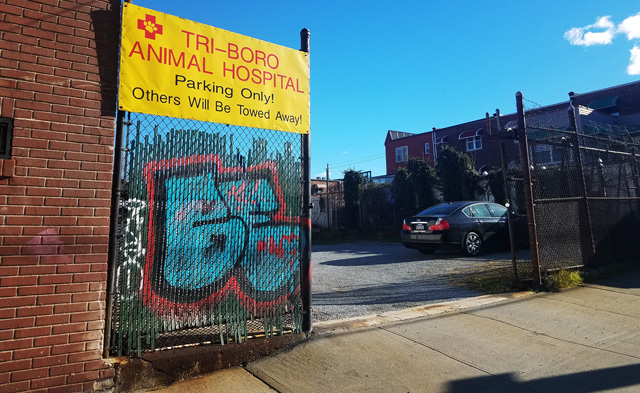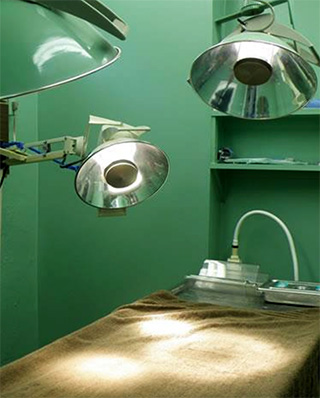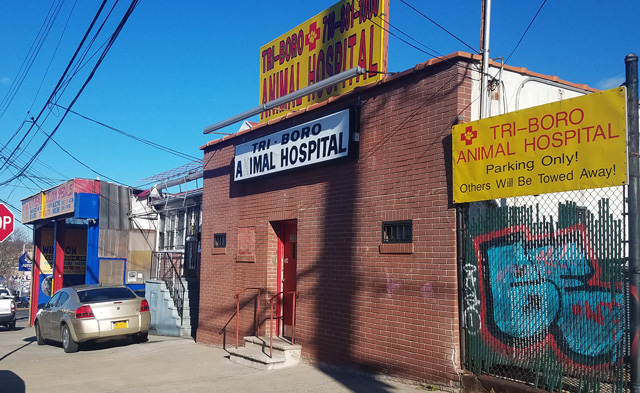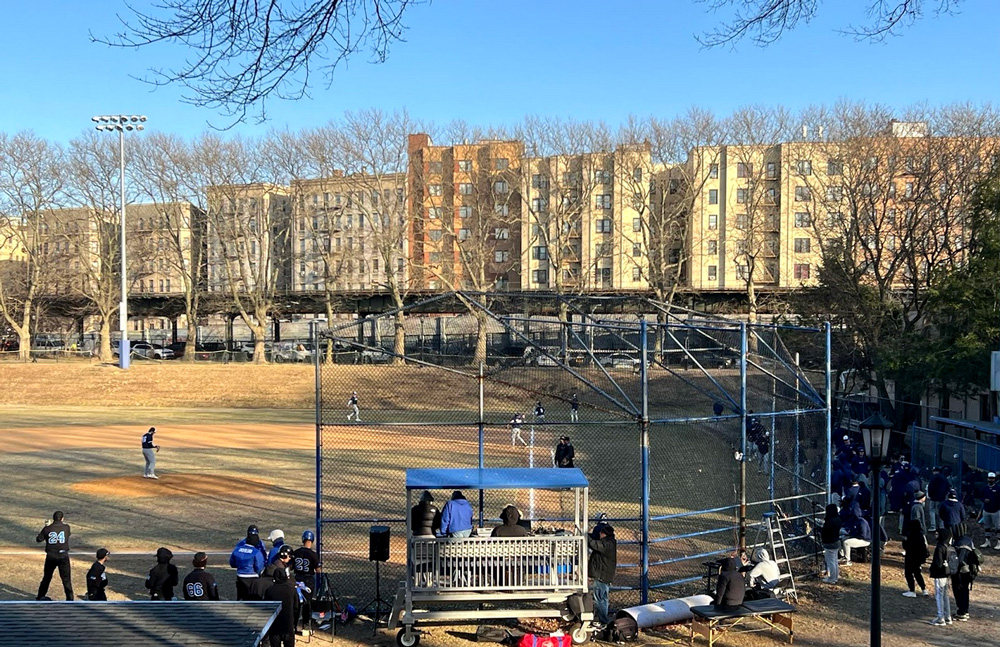By Breya Johnston
When Daniel Bernie’s 8-year-old morkie Jackie fell down the stairs and broke her leg, he discovered his local Bronx vet could only give her X-rays, but could not fix the injury. A single man who lives alone, Bernie adores his 14-pound dog. He takes her everywhere, even to his job at Meadowview Assisted Living Center in Mount Vernon.
The local vet on Lurting Avenue provided Bernie a list of animal hospitals in New York City that provide urgent medical assistance but none of them were in the Bronx.
“It was literally a nightmare,” said Bernie. “I had to go all the way to East 80th Street in order to get Jackie some help. I had to get in my car and drive in the middle of the night all the way into the city to get her instant care. I did not know what I was going to do. I was in tears the whole ride as I continued to hear her poor screams of agony.”
It is a problem that Bronxites face on a regular basis because the borough does not have round-the-clock specialized veterinary care. “We have wonderful veterinarian services near Gun Hill Road, but I wish that we could have more hospitals around here as well,” said Karen Haywood. “We have so many pet stores, vets, breeding centers, PetSmarts, and Petco’s, but have no place to take our animals when they become severely hurt, let alone with more insurance options.”
 There are around 21 animal centers in the Bronx, according to New York City Animal Care Centers (ACC). Some are small establishments that provide hospital services, but none of them are 24-hour services that most animal owners need in times of medical emergencies in off hours.
There are around 21 animal centers in the Bronx, according to New York City Animal Care Centers (ACC). Some are small establishments that provide hospital services, but none of them are 24-hour services that most animal owners need in times of medical emergencies in off hours.
Bronx residents have voiced these concerns to local veterinarian Dr. William Marienberg, who has decided to build a larger animal hospital as a part of his own practice. Marienberg wants to expand into the vacant parking lot next to his business. He plans to rent out the old auto repair shop on the other side of the building to create a two-story structure. This could house veterinarians available round-the-clock and provide a pet-friendly space for after-care.
Marienberg’s family has owned the Triboro Animal Hospital since 1984. Camille Robinson has been bringing her dog there since he was 3 months old. “Whenever my Timmy gets really sick, I take him to this center,” she said. “If this place provided more stuff, I would stay here.” Peter Ferguson had taken his cat Tami for flu shots and vaccines. “She always received excellent on-the-spot care,” said Ferguson.
 According to site plans, the new building will be a 6,180-square-foot hospital and host a faculty of four more veterinarians, as well as about nine medical assistants. It will include an animal intensive care unit.
According to site plans, the new building will be a 6,180-square-foot hospital and host a faculty of four more veterinarians, as well as about nine medical assistants. It will include an animal intensive care unit.
“It will also feature a newly decorated play area for the animals, and include more rooms for patient check-ups in order for customers to get their animals serviced faster and easier, rather than having to wait,” said Marienberg. “I want to provide more space for bathing and grooming services as well. We don’t have that right now.”
The expansion, he said, will hopefully allow for separate spaces for dogs and cats. One challenge will be getting correct permits for construction, said Marienberg. He is trying to find out if the area on Lurting Avenue is classified as a mixed-use zone, which would permit the construction of the animal care facility. “Planning so far is going in the right direction,” he said, adding that he hoped to be done by next spring.
Many residents of Paulding Avenue and Gun Hill Road near the Triboro say they are looking forward to the change.
“This will be a great addition to the neighborhood,” said Imani Taylor, a local Bronx resident. “We have multiple grocery stores, nail salons, hair dressers, and pet stores, but what we don’t have is a space for our animals to get intensive care.”
Some community members reacted negatively to the news, citing possible barking, whining, screeching, howling, and braying at the facility. Marienberg said he didn’t believe that barking dogs would be an problem. “We can certainly soundproof our building substantially,” he said. The project site plans also include a large buffer of trees to help block noise from the facility.
Hospital staff would be outside with dogs at all times, said Marienberg, to keep them under control and to bring them inside if needed. “I want to create a place that would take care of our local animals properly, but also provide a space that would feel comfortable and like home to them,” he said. “I want their dogs to feel safe and well covered.”








No comments